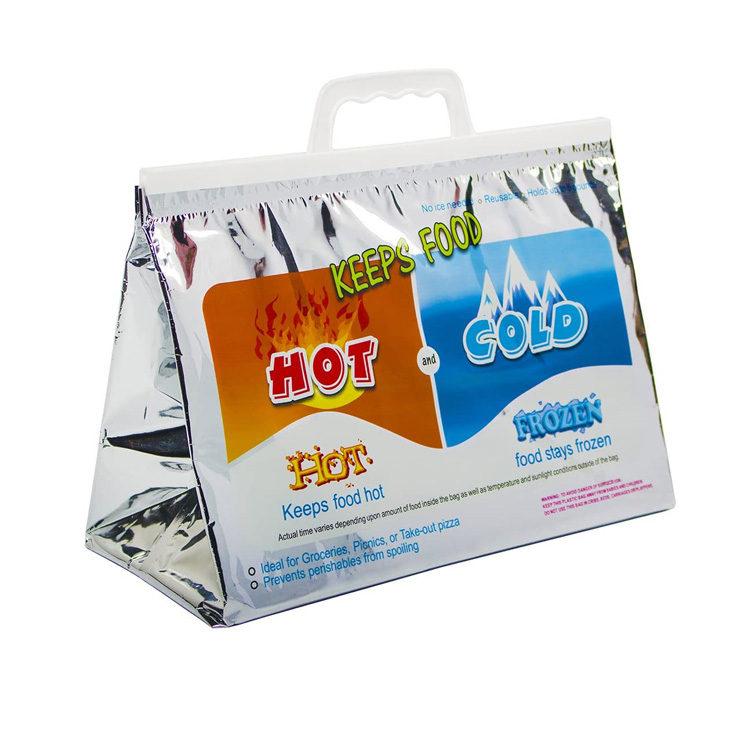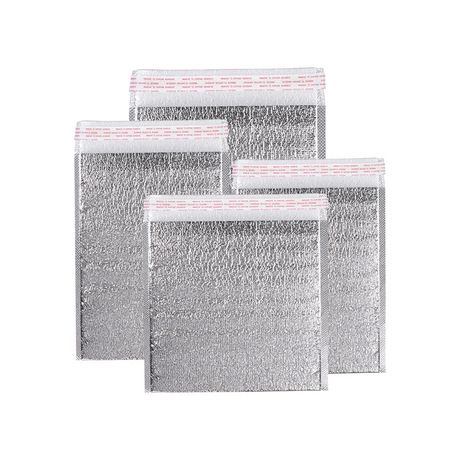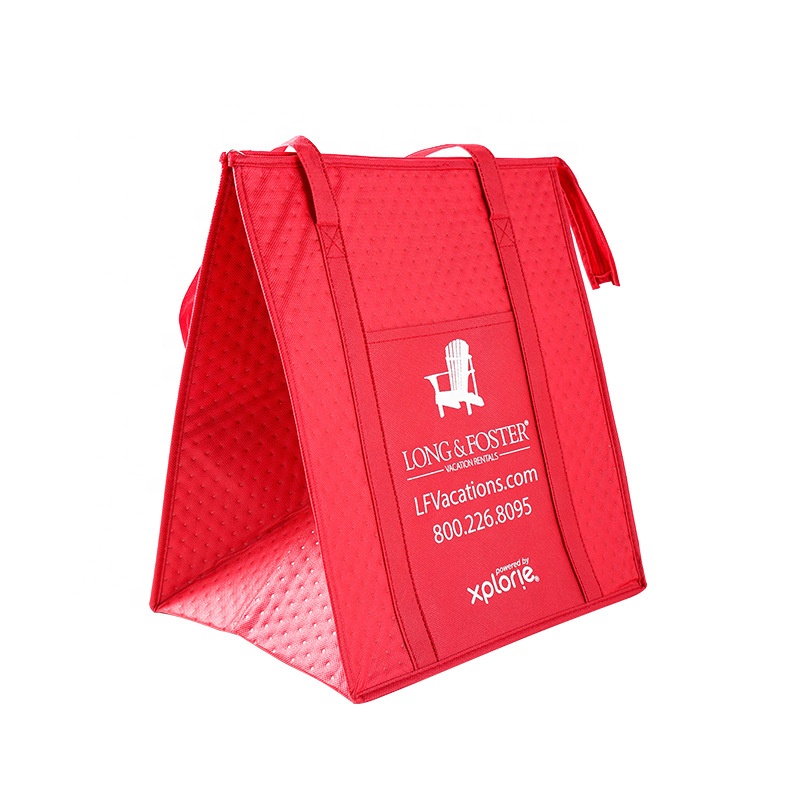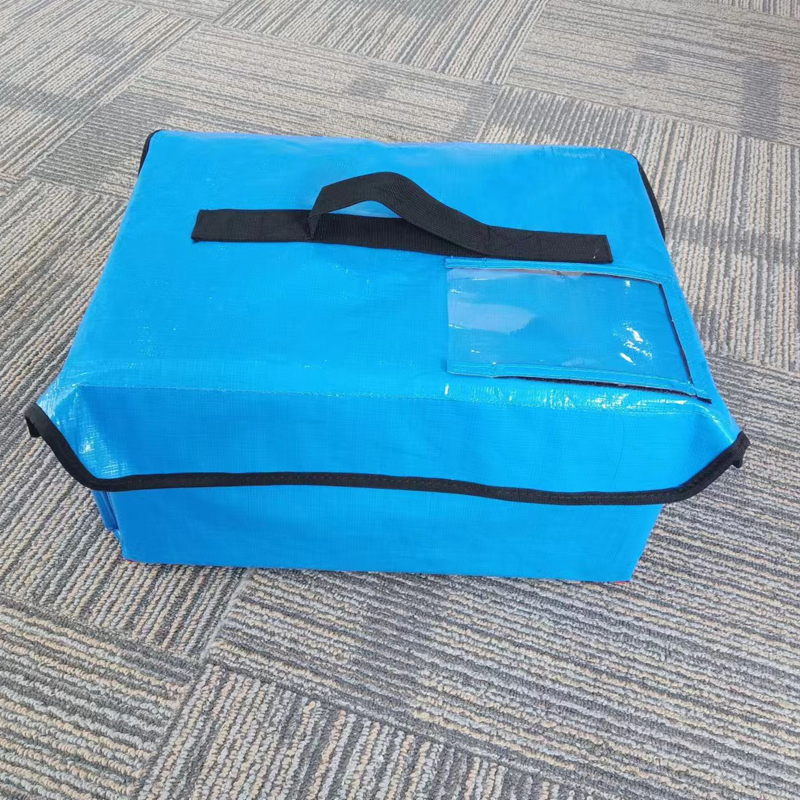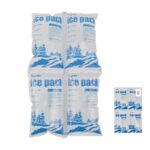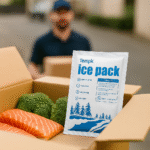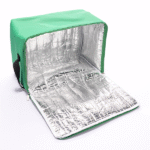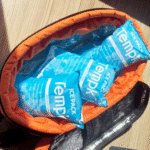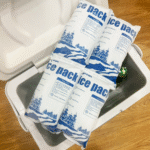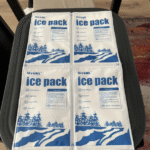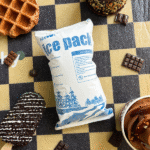Paket es kering DIY: Cara membuat sendiri untuk pengiriman rantai dingin
Membuat buatan sendiri Paket es kering can be a game-changer for businesses involved in cold chain logistics. Tidak hanya itu solusi yang hemat biaya, tetapi juga memberikan lebih banyak kontrol atas kebutuhan pengiriman Anda. Dalam panduan ini, Kami akan menunjukkan kepada Anda cara membuat paket es kering Anda sendiri, manfaatnya, Dan saat itu adalah solusi terbaik untuk pengiriman yang peka terhadap suhu Anda.
-
How to create a DIY dry ice pack for cold chain shipments
-
Key benefits of making your own dry ice pack
-
When to use a DIY dry ice pack for your shipping needs
-
Step-by-step guide to making a dry ice pack at home
-
Cost-effectiveness and environmental considerations for DIY solutions
How Does a DIY Dry Ice Pack Work?
DIY dry ice packs are designed to mimic the cooling properties of traditional dry ice by using common materials like dry ice pellets or blocks, combined with insulated packaging. Setelah diaktifkan, es kering menyublim, providing powerful cooling that can last for several hours, menjadikannya ideal untuk barang beku, Farmasi, or long-distance shipments.
To make your own dry ice pack, you’ll need a container that can hold the dry ice securely and prevent gas build-up. Adding insulating materials like foam or gel will help extend its cooling duration and keep your products safe during transit.
Materials for DIY Dry Ice Pack
| Bahan | Tujuan | Contoh Penggunaan |
|---|---|---|
| Dry Ice Pellets or Blocks | Memberikan kekuatan pendinginan | Use for frozen food or medical shipments |
| Bahan isolasi | Prevents gas leakage | Busa, Paket gel, or vacuum-sealed bags |
| Shipping Box | Encapsulates the cooling effect | Protects goods during transit |
Key Benefits of DIY Dry Ice Packs
Creating your own dry ice pack comes with several advantages over buying pre-made packs. Penghematan biaya is one of the primary benefits, as you are only paying for the materials needed to create the pack. DIY dry ice packs also offer flexibility, as you can customize the size and cooling duration according to the specific needs of your shipment.
Lebih-lebih lagi, DIY solutions can be more eco-friendly because you have full control over the materials used for insulation and packaging. Instead of using synthetic, single-use materials, you can choose more sustainable options for your DIY packs.
Advantages of DIY Dry Ice Packs
-
Hemat biaya: Lower overall cost, especially for businesses shipping frequently.
-
Dapat disesuaikan: Adjust the cooling duration and packaging size for specific shipments.
-
Ramah lingkungan: Choose recyclable or biodegradable materials for insulation.
-
Control over materials: Select eco-friendly options based on your needs.
Step-by-Step Guide to Making Your Own Dry Ice Pack
If you’re looking to make your own dry ice pack for shipping, here’s a simple step-by-step guide to help you get started:
Materials You Will Need:
-
Es kering (pellets or blocks)
-
Kemasan terisolasi (busa, Paket gel, atau bungkus gelembung)
-
Sealable container (MISALNYA., a cooler or box)
-
Thermal gloves (for handling dry ice safely)
-
Protective wrapping (MISALNYA., a cloth or insulated wrap)
Instruksi langkah demi langkah:
-
Belilah es kering: You can buy dry ice from local suppliers or stores. Make sure you handle it with thermal gloves to prevent injury.
-
Siapkan wadah Anda: Use an insulated shipping box, pendingin, or similar container to hold the dry ice. Ensure the container is well-sealed to prevent leaks and gas buildup.
-
Bungkus es kering: For safety, wrap the dry ice in bahan isolasi like foam or a gel pack to ensure it doesn’t come in direct contact with your product.
-
Segel dan Kapal: Once everything is securely packed, seal the container and ensure that it’s labeled properly for dry ice shipping.
-
Suhu monitor: Jika memungkinkan, gunakan a alat pemantau suhu to track the condition of your goods during transit.
Tip pengaman: Dry ice must be transported in well-ventilated areas, as the gas released can be hazardous in enclosed spaces.
When to Use DIY Dry Ice Packs Over Commercial Options
DIY dry ice packs are ideal for short-term shipments, where you need to maintain suhu beku selama 24–48 jam. Untuk pengiriman lebih lama or when you need more precise temperature control, paket es kering komersial may be a better option.
DIY dry ice packs offer more flexibility in terms of customization and cost savings, but they are not always the best choice for shipments that require consistent subzero temperatures over multiple days. Dalam kasus tersebut, you might need the reliability and convenience that comes with professionally made dry ice packs.
Best Uses for DIY Dry Ice Packs
-
Short-term frozen shipments: Ideal for 24–48 hour transport of perishable items like frozen food or medical samples.
-
Customizable cooling solutions: Perfect for businesses with specific needs and smaller-scale operations.
-
Cost-sensitive shipments: Great for smaller shipments that need occasional cooling, without high packaging costs.
When DIY Dry Ice Packs are Most Effective
| Jenis Pengiriman | DIY Dry Ice Packs Effectiveness | Commercial Dry Ice Effectiveness | Penggunaan terbaik |
|---|---|---|---|
| Makanan beku | Highly effective for short trips | Sangat efektif untuk perjalanan panjang | DIY for short durations (24–48 jam) |
| Farmasi | Effective for small shipments | Effective for large, pengiriman yang lama | DIY for specific medical products |
| Biologi | Effective for small batches | Highly effective for long‑distance transport | DIY for local, perjalanan singkat |
Cost and Environmental Considerations of DIY Dry Ice Packs
Making your own dry ice packs can be significantly cheaper than buying pre-made options, terutama untuk small businesses that ship goods on a regular basis. Ketika commercial dry ice solutions offer consistency and reliability, DIY solutions give you complete control over the packaging and cooling time.
From an environmental standpoint, DIY dry ice packs can also be more sustainable, especially if you opt for bahan yang dapat didaur ulang atau biodegradable. Using reusable shipping boxes and eco-friendly insulation materials can significantly reduce your environmental footprint.
Perbandingan Biaya: DIY vs Commercial Dry Ice Packs
| Solusi Pendinginan | Biaya Rata-Rata per Pengiriman | Dampak Lingkungan | Penggunaan terbaik |
|---|---|---|---|
| DIY Dry Ice Packs | $10–$20 | Rendah (ramah lingkungan) | Pengiriman kecil, short durations |
| Commercial Dry Ice | $25–$50 | Tinggi (emisi CO₂) | Long‑term frozen shipments |
2025 Tren logistik rantai dingin: Innovations in DIY Solutions
Di dalam 2025, the cold chain logistics sector is moving towards more berkelanjutan, customizable cooling solutions. DIY dry ice packs are becoming increasingly popular for small-scale operations, where businesses can optimize their cold chain strategies while reducing costs.
Tren Terbaru
-
Eco-friendly packaging: Biodegradable and reusable materials are being used more frequently in DIY solutions.
-
Smart logistics: Temperature monitoring solutions are being integrated into DIY dry ice packs to ensure temperature stability during transit.
-
Efisiensi biaya: As businesses look for cost-effective ways to maintain product quality, DIY dry ice packs provide a viable alternative.
Wawasan pasar: The demand for DIY cold chain solutions has grown by 15% di dalam 2025 as businesses seek more customizable, ramah lingkungan, and affordable options.
Pertanyaan yang sering diajukan {#FAQ}
Q: Can DIY dry ice packs be used for long-term shipments?
TIDAK, DIY dry ice packs are best for pengiriman jangka pendek (24–48 jam). For long-term shipments, commercial dry ice is a more reliable choice.
Q: Bagaimana cara menangani es kering dengan aman?
Selalu pakai thermal gloves and ensure good ventilasi to prevent CO₂ buildup. Es kering tidak boleh disimpan dalam wadah kedap udara.
Q: Are DIY dry ice packs environmentally friendly?
Ya, if you use Bahan ramah lingkungan for insulation and packaging. These packs are generally more sustainable than traditional dry ice.
Ringkasan & Kesimpulan
DIY dry ice packs offer an affordable and customizable cooling solution for pengiriman rantai dingin jangka pendek. They are best for businesses looking to reduce shipping costs and improve flexibility. With the right materials and safety precautions, DIY dry ice packs can be just as effective as commercial options for smaller shipments.
Apa yang Harus Dilakukan Selanjutnya
-
Gather your materials and follow the DIY guide to create your dry ice packs.
-
Order dry ice and insulation materials from Tempk for your cold chain needs.
-
Consult with your logistics team to determine if DIY dry ice packs are right for your shipments.
Tentang tempk
Tempk mengkhususkan diri advanced cold chain logistics solutions, offering custom dry ice packs, Paket gel, dan bahan isolasi. We ensure that your products stay at the right temperature throughout their journey, apakah untuk Farmasi, makanan, atau Sampel biologis.
Need a customized cold chain solution? Hubungi kami for expert advice and tailored services.










